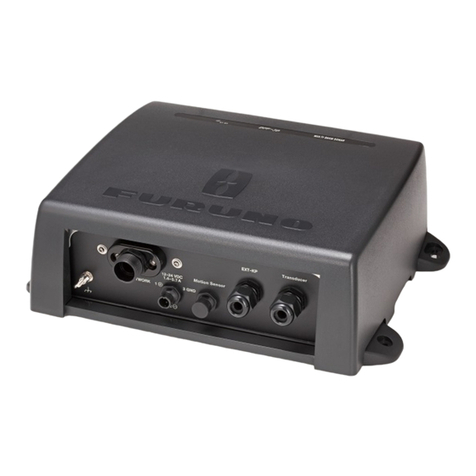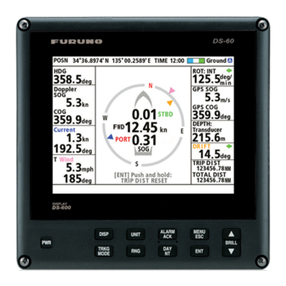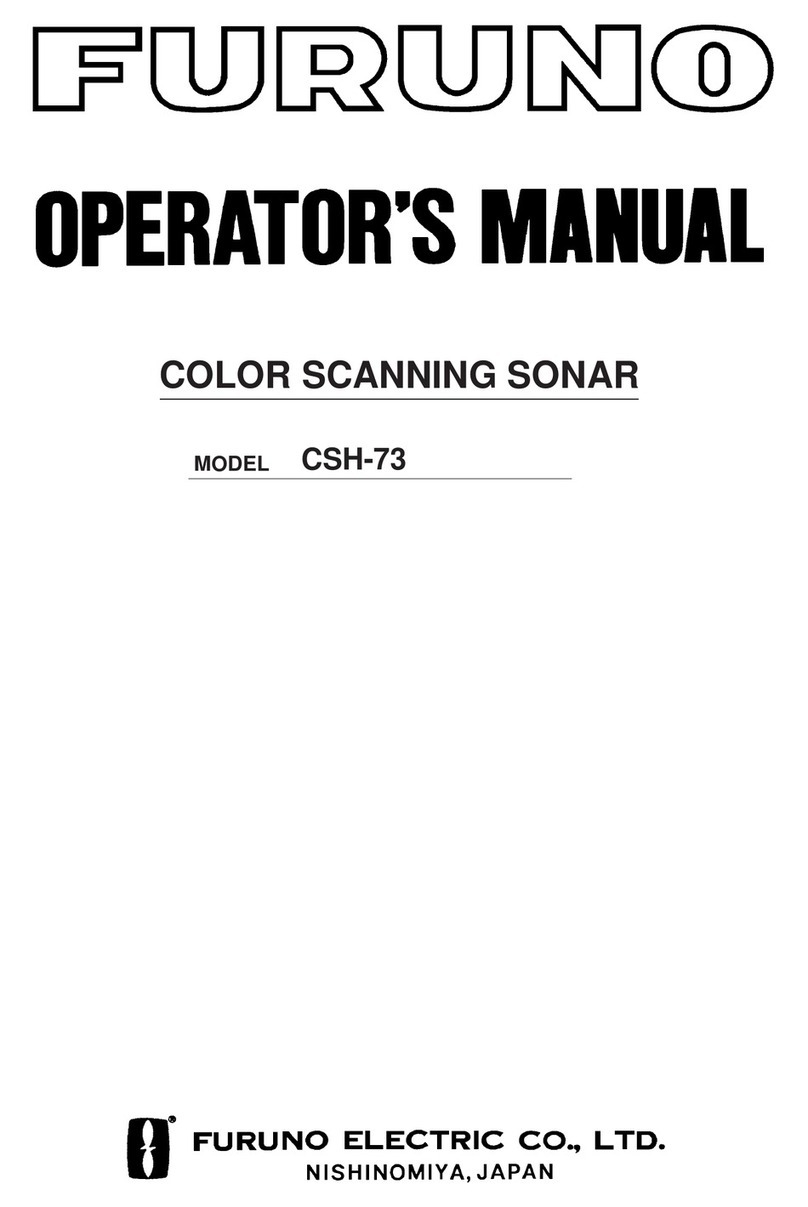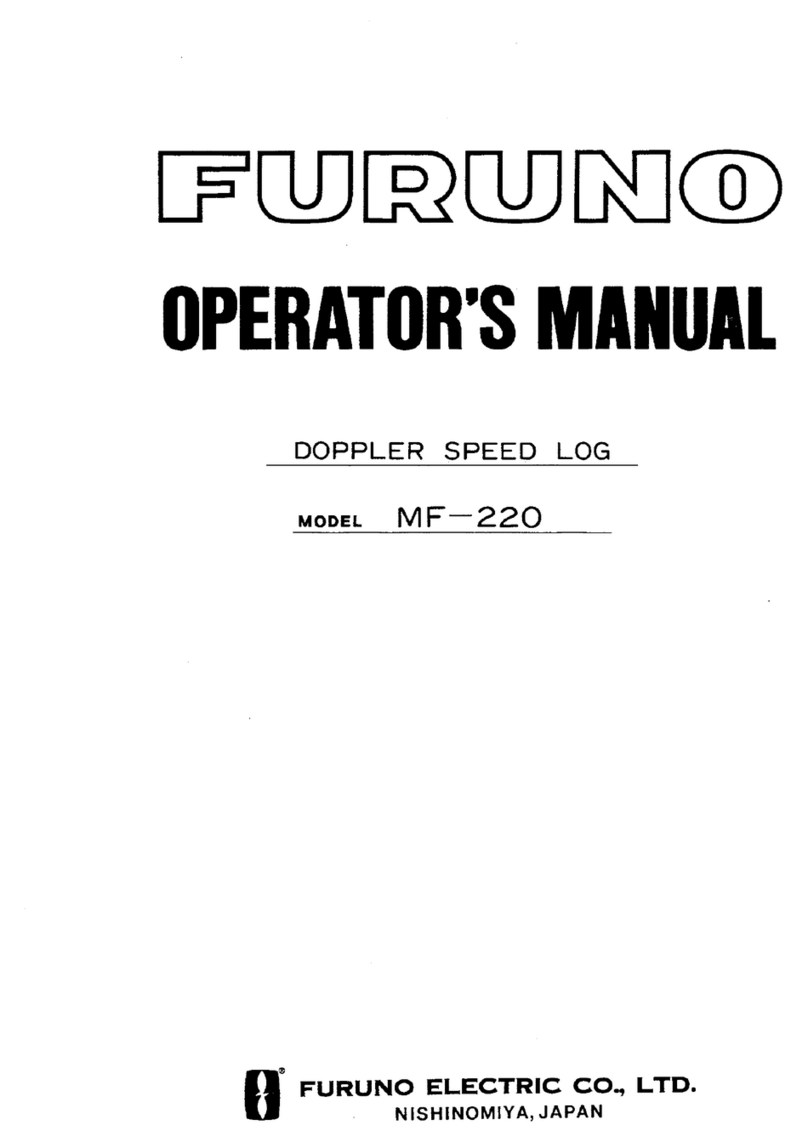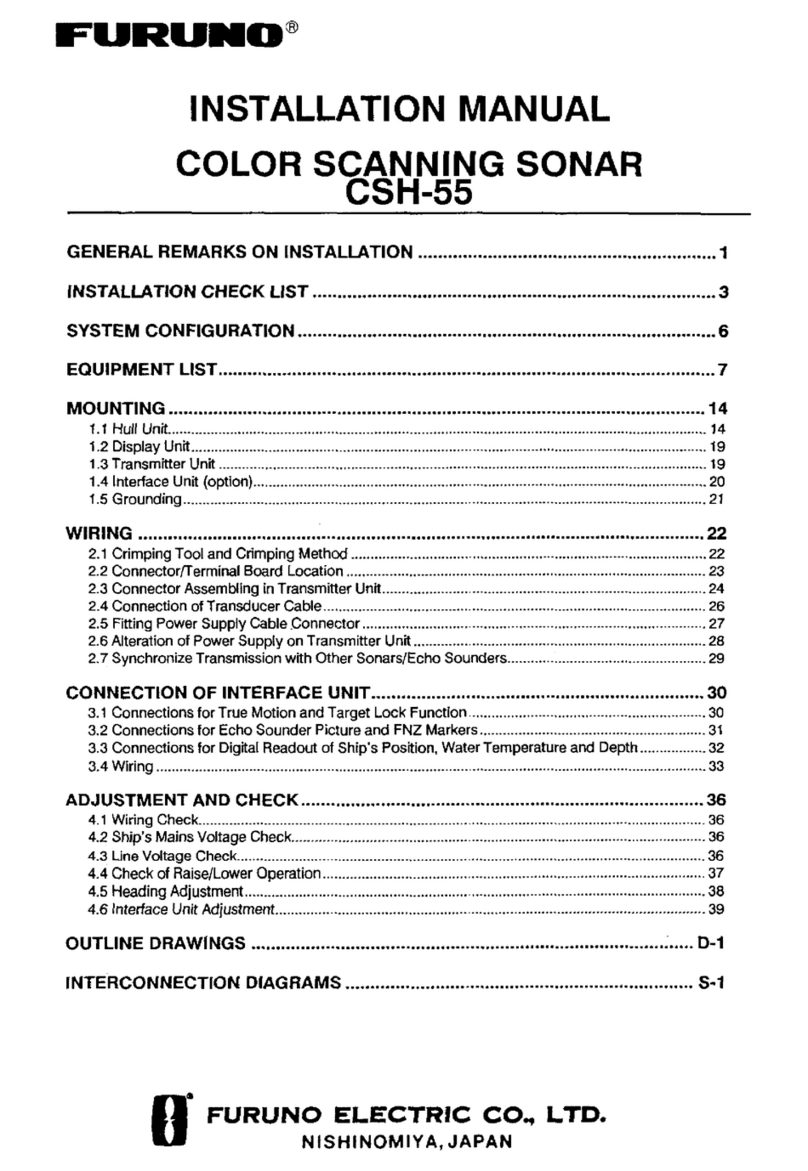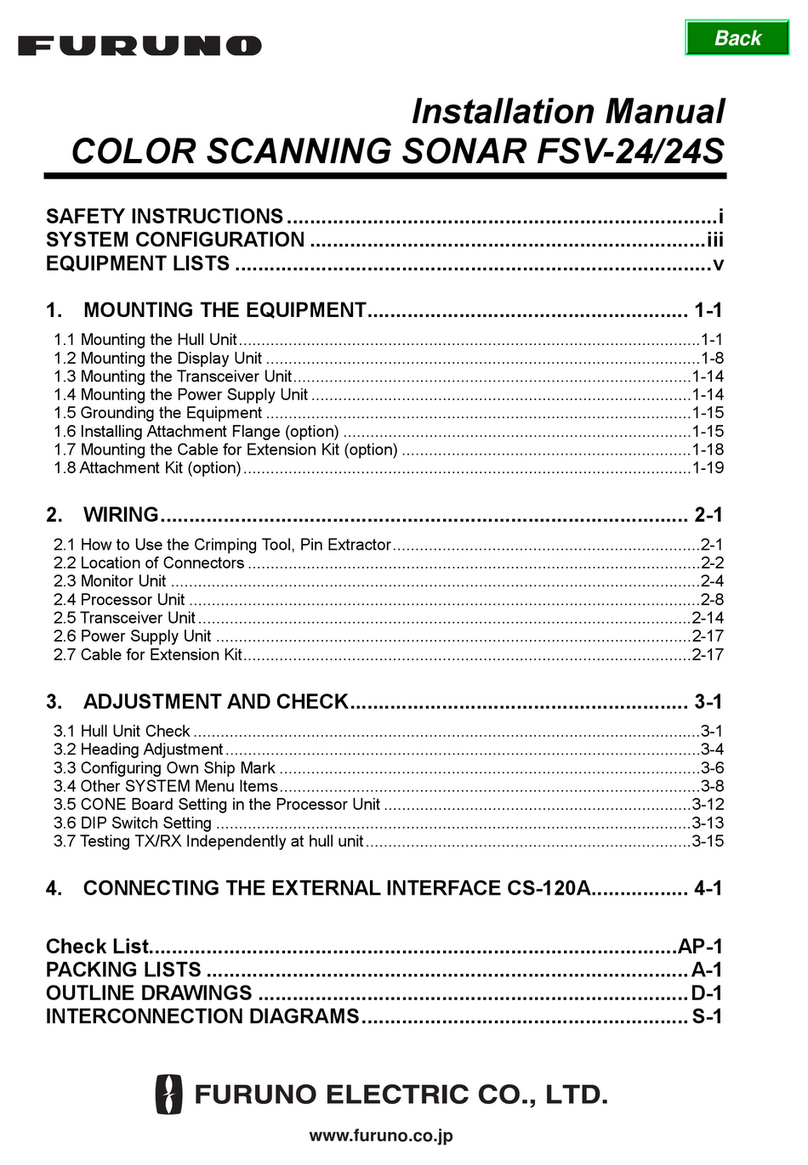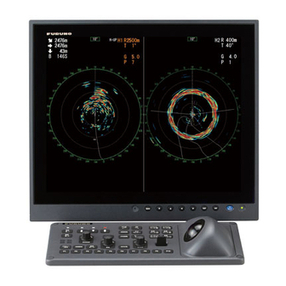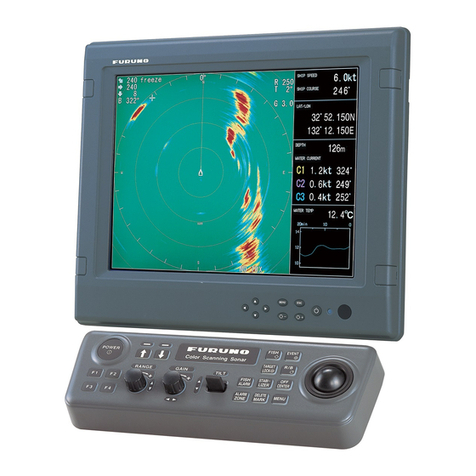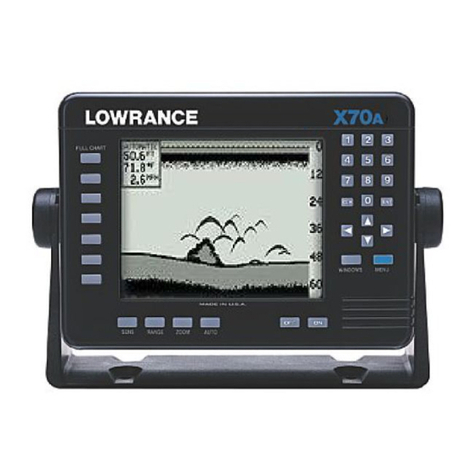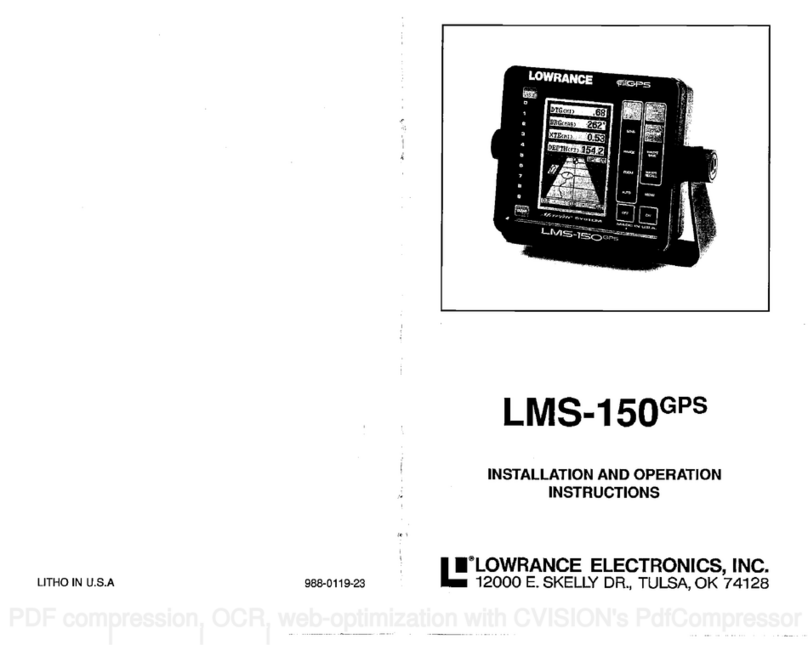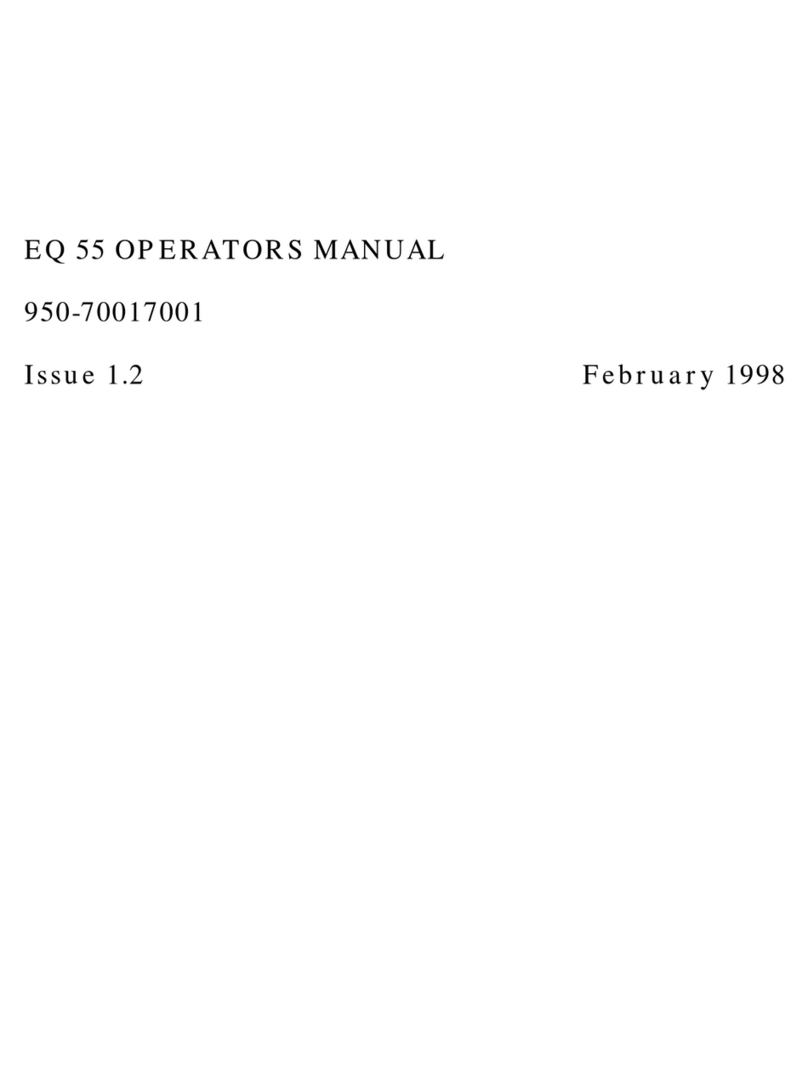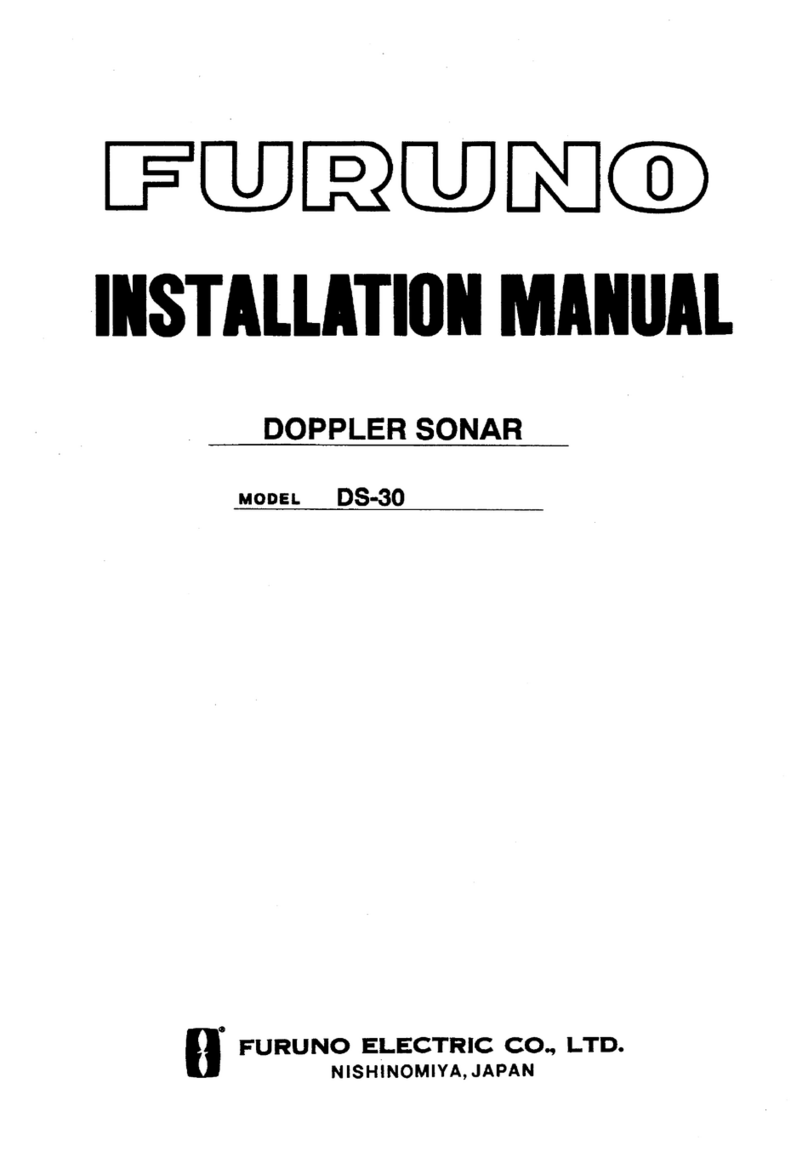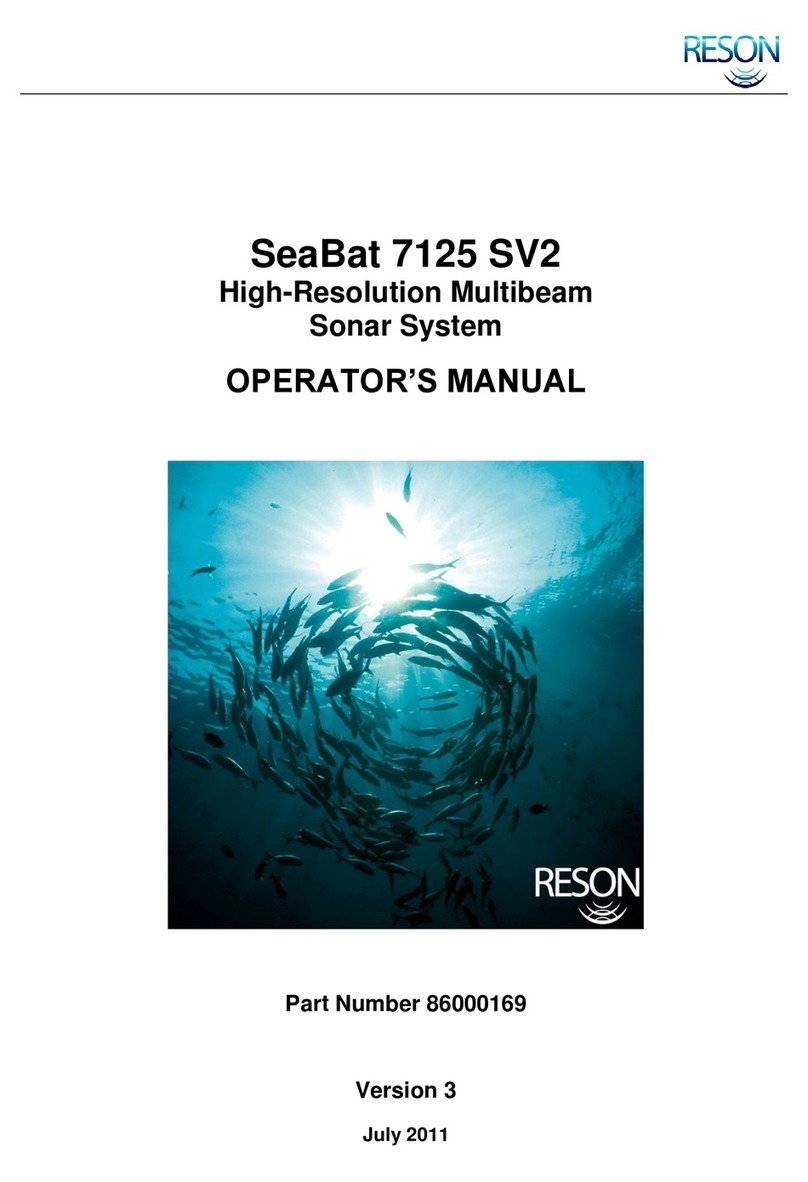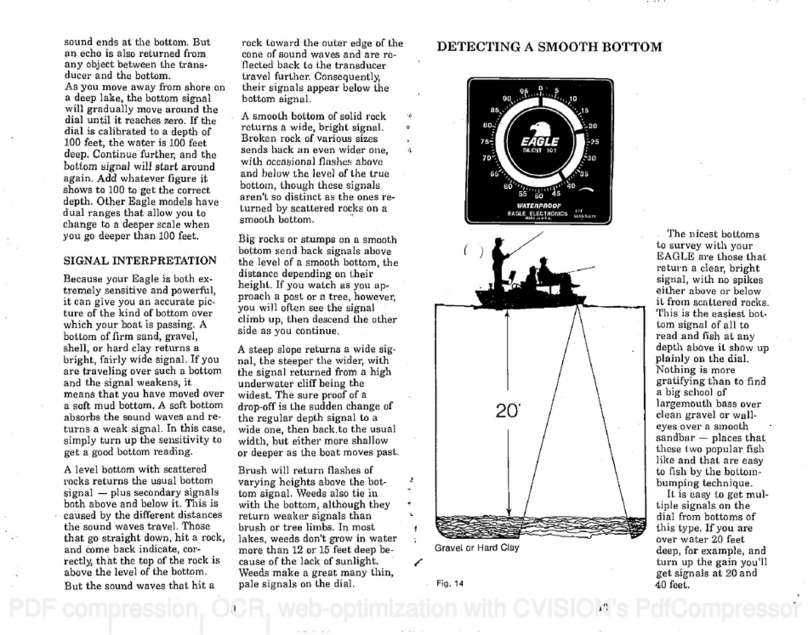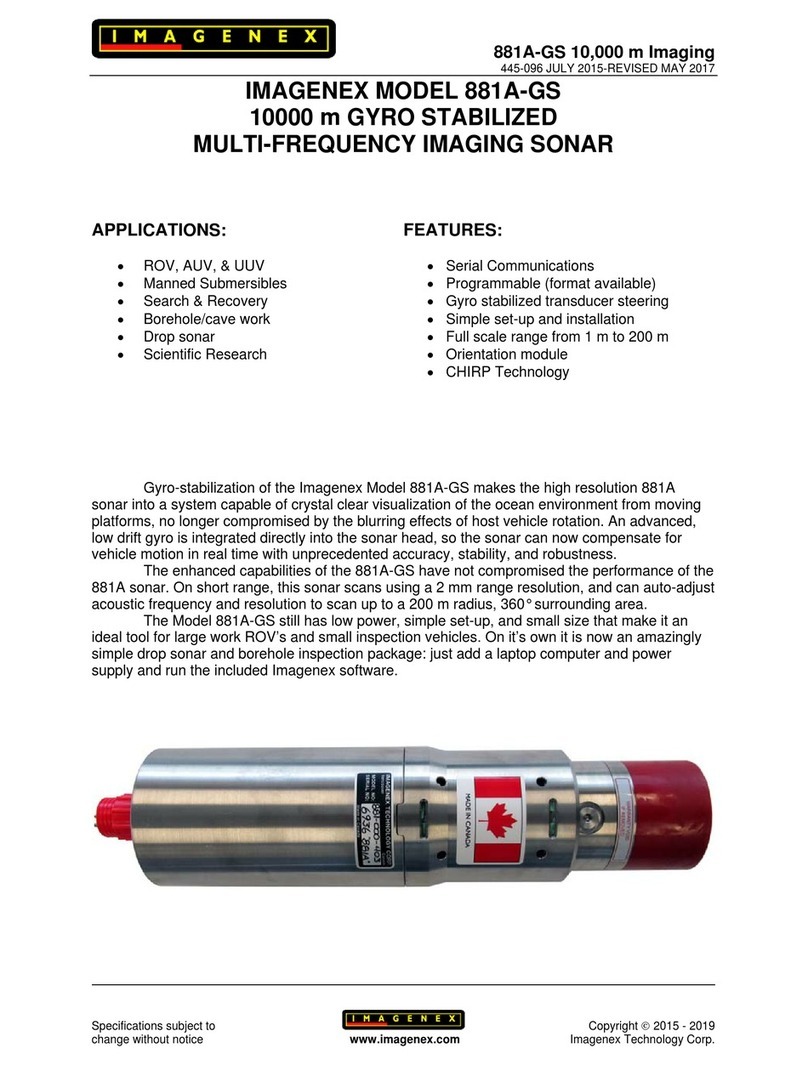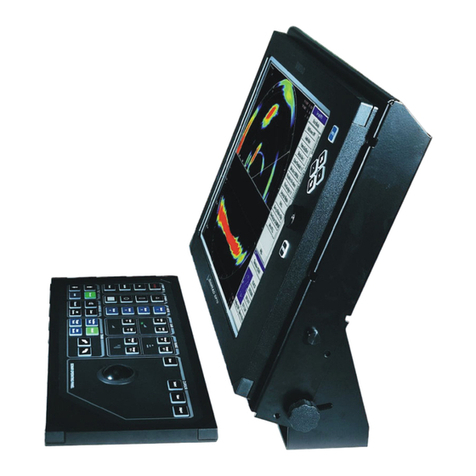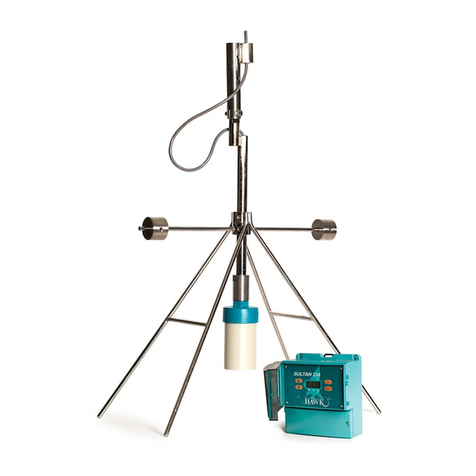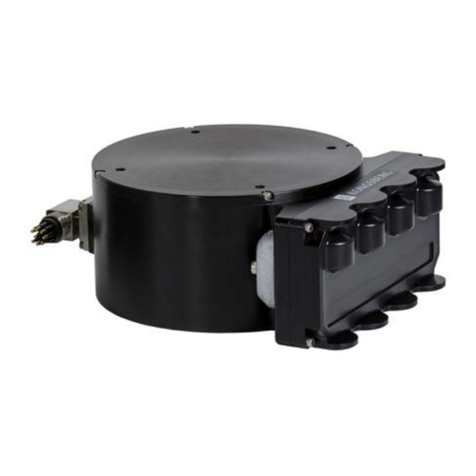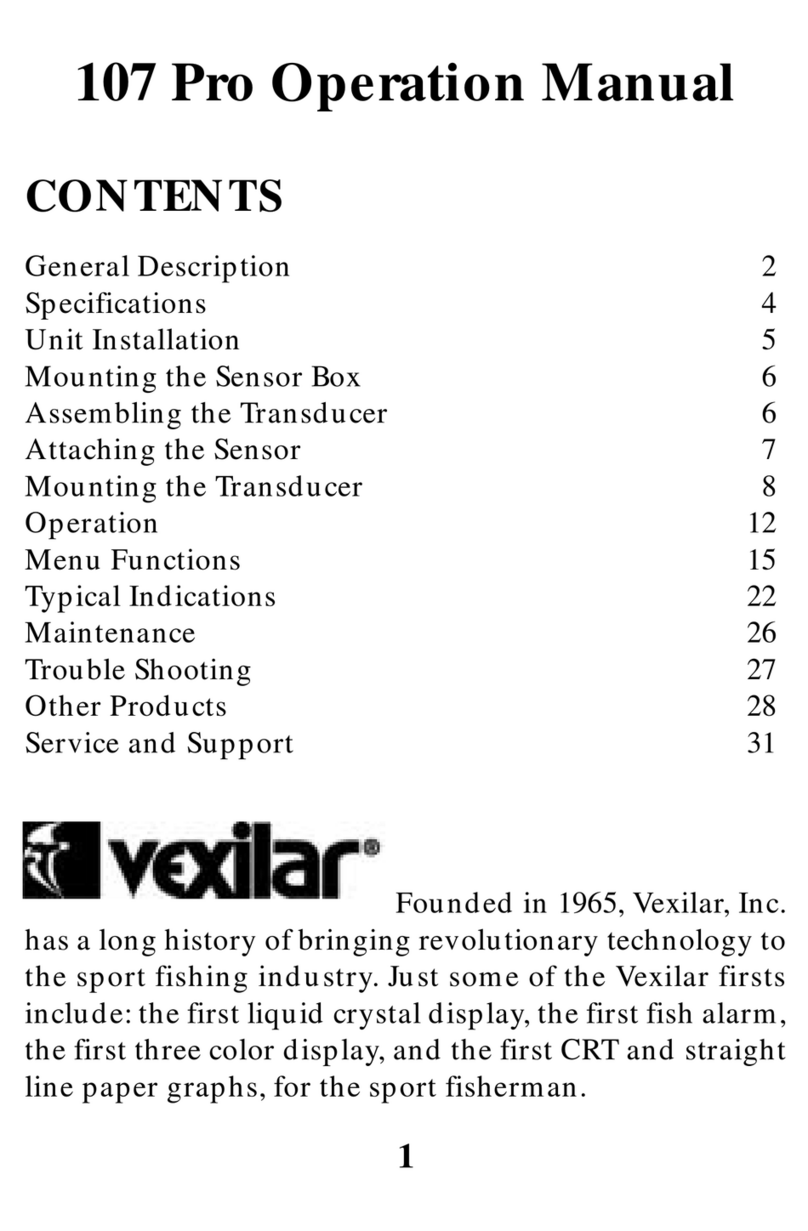
SAFETY INSTRUCTIONS
viii
4.6 Measuring Range and Bearing to a Target.........................................................4-11
4.7 Eliminating Weak Echoes....................................................................................4-12
4.8 Suppressing Bottom Tail......................................................................................4-14
4.8.1 Adjust AGC................................................................................................ 4-14
4.8.2 Decrease pulse length............................................................................... 4-15
4.8.3 Adjust 2nd AGC .......................................................................................... 4-15
4.8.4 Adjust NearAGC....................................................................................... 4-16
4.9 Suppressing Bottom and Sea Surface Reflections in Shallow Waters..............4-17
4.10 Rejecting Sonar Interference and Noise.............................................................4-18
4.10.1 Identifying noise source........................................................................... 4-18
4.10.2 Interference rejector ................................................................................ 4-18
4.10.3 Changing Tx interval................................................................................ 4-19
4.10.4 Shifting TX frequency............................................................................. 4-19
4.10.5 Noise limiter.............................................................................................4-20
4.10.6 Echo average.......................................................................................... 4-20
4.10.7 Reverberation reduction .......................................................................... 4-20
4.10.8 Suppressing gain of bottom echo ............................................................4-20
4.10.9 Suppressing sidelobes............................................................................. 4-20
4.11 Adjusting Beamwidth...........................................................................................4-21
4.12 Tracking a Fish School (target lock) ...................................................................4-22
4.12.1 Selecting target lock type......................................................................... 4-22
4.12.2 Fish school tracking mode....................................................................... 4-23
4.12.3 Position tracking mode ............................................................................ 4-24
4.12.4 TARGET LOCK menu.............................................................................. 4-25
4.13 Detecting Fish SchoolsAurally ...........................................................................4-26
4.13.1 Selecting direction................................................................................... 4-26
4.13.2 Selecting audio sector............................................................................. 4-27
4.13.3 Reverberation.......................................................................................... 4-27
4.14 Offcenter..............................................................................................................4-28
4.14.1 Manual offcenter...................................................................................... 4-28
4.14.2 Automatic offcenter.................................................................................. 4-29
4.15 Fish Alarm............................................................................................................4-30
4.16 Comparing Fish School Concentration...............................................................4-32
4.17 Measuring Fish School Speed............................................................................4-33
4.17.1 Entering fish marks.................................................................................. 4-33
4.17.2 Deleting fish marks.................................................................................. 4-34
4.18 Event Mark, Own Ship Position Mark.................................................................4-35
4.18.1 Entering an event mark............................................................................ 4-35
4.18.2 Entering an own ship position mark......................................................... 4-36
4.18.3 Deleting an event mark, own ship position mark...................................... 4-36
4.19 Net Course Mark .................................................................................................4-38
4.20 Observing Net Behavior......................................................................................4-39
4.21 OTHERS Menu....................................................................................................4-40
4.21.1 Displaying the OTHERS menu ................................................................ 4-40
4.21.2 OTHERS menu description ..................................................................... 4-41
4.22 Interpreting the Slant Display..............................................................................4-44
4.22.1 Bottom echoes ........................................................................................4-44
4.22.2 Fish schools ............................................................................................ 4-45

